1900 - 1950
- The fire in the Academy building (30 August 1906)
- Hilmar Johannes Backer (1 January 1916 - 1 January 1952)
- The first femele professor (2 September 1919 - 14 January 1937)
- Unique records of royal visit (1 June 1929)
- Dark years for the University (9 December 1941)
- Declaration of loyalty (1 fJanuary 1943)
- Exercising for a song (1 January 1945)
- Resistance heroine executed (19 March 1945)
- Studium Generale (1 September 1946)
- War victims (22 September 1948)
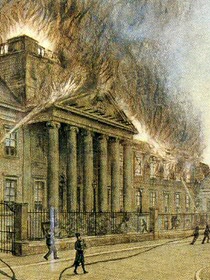
1906: The fire in the Academy building
In 1850 the city of Groningen had received more substance with a new Academy building, that was partly financed by the city's inhabitants. During the first few years of the 20th century, numerous renovations were carried out to embellish the building even further. During one of these renovations the old layer of paint had to be burned off, which caused a small fire. The renovators assumed they extinguished the fire effectively, but a little later that day the entire upper floor of the building was ablaze. Under the firm supervision of the Queen's commisioner C.C. Geertsema many volunteers saved what could be saved. Nonetheless, the building and many valuables were destroyed in the fire.
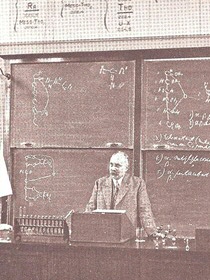
1916: Hilmar Johannes Backer
Hilmar Johannes Backer, professor of organic chemistry from 1916 till 1952, was, already before the war, renowned for the numerous international trips he undertook with his students. Once he succeeded in persuading a German bus driver to deviate from his normal route in order to deliver forty students to the train station on time. In London, he literally opened closed doors, and on one Sunday aternoon talked himself and his students into the closed British Museum of Natural History. And when he did not receive permission to visit fifteen students who were employed in a German factory that produced synthetic wool during the war, he was able to arrange proper housing for them in Germany, from Groningen. He was at the helm of the Groninger Natuurwetenschappelijke Excursievereniging (The association for scientific excursions), founded in 1918, when because of the war the excursions still had to take place within the country. His vast engagement with his students exceeded the walls of the academy. On one occasion, he delivered an Ausweis to H. Huisman, a student who went into hiding during the war. 'I was very pleased', Huisman told. 'Through my fiancée he let me know that I could return to the lab, since we had to make vitamins.'
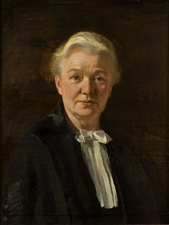
1919: The first female professor
Jantina Tammes (1871-1947) was the first female professor at the Groningen university, and the second professor woman in the Netherlands. As a botanist and geneticist, she was granted a honorary doctorate in zoology and botany in 1911, and in 1919 was appointed extraordinary professor of variability and genetics at the Groningen university. As such, she was also the first professor in the Netherlands in this field of research.
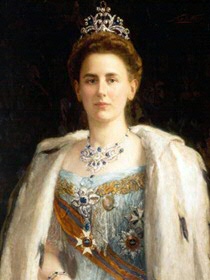
1929: Unique recordings of royal visit
Royal visit to Groningen for the occasion of the university lustrum festivities, is the heading of this Film news by Orion Filmfabriek in 1929. Two years later, the company would start a joint-venture under the name of Orion-Profilti. The company competed with the Polygoon news until the start of the Second World War. Orion itself started in 1925 and has served the University well by making these recordings. Queen Wilhelmina, Prince Hendrik and Princes Juliana are waving at the crowds from the city hall terrace. Before everyones eyes a worthy procession is held to make these Groningen festivities into a national occasion, by placing it firmly in the long tradition of connectedness with the state and the House of Orange. The recordings are viewable in the Openbeelden archive
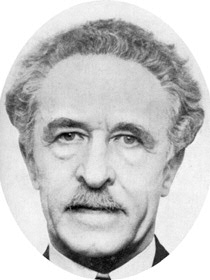
1941: Dark years for the University
Professor J.M.N. Kapteyn was interested in the old Germanic roots of the Frisian and Saxon Netherlands. For the Germans, this made him an ideal candidate to play a more political role within the university during the occupation. In September 1940 he was made headmaster by the Germans passing two other nominees; a severe breach in the autonomy of the University. Kapteyn was partly responsible for the deportation of the Jewish professor Leo Polak, by forwarding a letter of protest by the latter to the Germans. did not achieve much within the University in improving the German-Dutch relations. In 1942 the occupiers chose Herman de Burlet as a new puppet.
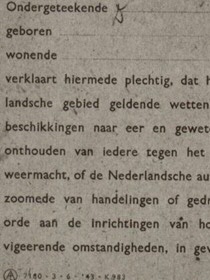
1943: Declaration of loyalty
During the Second World War the university remained open, but it was slowly assimilated into the national socialist administration. This started in Fall, 1940, when Jewish lecturers were fired. In March 1941 the Jewish students were no longer welcome. At first this was forbearingly accepted. This changed when Jewish students were no longer allowed to join student associations and the student paper Der Clercke Cronike was abolished. In 1943, the students started to boycot lectures. As a counter measure the Germans came up with a declaration of loyalty which had to be signed by students in order to be left in peace. A mere 10 percent of all students signed the document and all education at the university came to a halt. It was a small victory, because all recusants had to report for labour duty in Germany. Some signed in vain, some reported and the rest went into hiding. After the war people drew a clear-cut line: if you had signed the declaration of loyalty you had supported the wrong side during the war and were banned from receiving education (for a while).
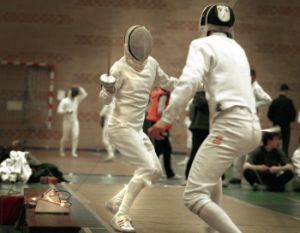
1945: Exercising for a song
Sports is for many students a vent through which they can unwind from a long day of studying. As such, it is no surprise that over 18,.000 students practice a sport at the ACLO (the university’s coordinating sports organisation). Founded in 1945, the ACLO is the biggest student sports organisation of the Netherlands, and offers no less than 86 different sports. By allowing students to also practice less obvious sports, ranging from hang gliding to underwater hockey, the ACLO is able to set their sports facilities apart from what’s on offer outside the university. Through the student-friendly setting and the low costs with which students can take courses and play sports for a song, many students quickly find their way to the ACLO.
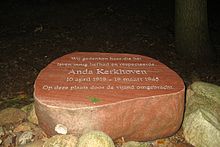
19 March 1945: Resistance heroine executed
Anda Kerkhoven was the only Dutch student to be executed during the Second World War. She was an idealist and, in World War II, a member of a non-violent socialist resistance group. On March 19, 1945, she was murdered by German agents. Togeher with Aletta Jacobs, the first female Dutch university student, she is immortalized in a stained-glass windows of the auditorium of the Academy building.
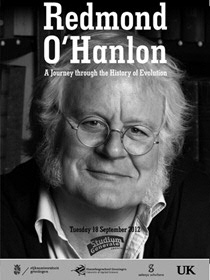
1946: Studium Generale
According to the Groningen professor Gerardus van der Leeuw and his colleagues, students had to be trained to become social and spiritual leaders.This required lectures concerning general higher education. When Van der Leeuw became minister of Education in 1946, he installed a State Commission for the Restructuring of Higher Education. The commission suggested Studium Generale lecture series at all universities. In the academic year 1946-47, Groningen, in anticipation of the report of the committee, started with optional Studium Generale lectures. The first sessions attracted little attention, but from the fifties onward this changed. Also due to the increasing amount of students. Over the years the agency has grown and now it organises, along with the Hanze University of applied sciences, well-attended lectures, debates and other events for students and a city wide audience.
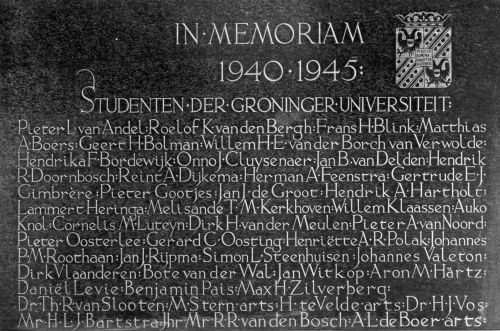
1948: War victims
On 22 September 1948, two black granite stone memorials were placed in the staircase of the Academy building. They were made by Willem Johannes Valk and contained the names of Second World War victims. Professors, functionaries, alumni and students who died as a result of the war were selected by a committee. Of course they had to make choices, but they also had to do some digging and were not sure this had resulted in finding all appropriate names. In 1953 and 1965 more names were added to the plaques. Still, after research into the World War period by historian Klaas van Berkel, it seemed in 2005 that the list was not complete. A new committee was formed and in 2007 five until then forgotten victims received their own stone memorial.
| Last modified: | 30 January 2024 1.25 p.m. |
More news
-
29 April 2024
Tactile sensors
Every two weeks, UG Makers puts the spotlight on a researcher who has created something tangible, ranging from homemade measuring equipment for academic research to small or larger products that can change our daily lives. That is how UG...
-
16 April 2024
UG signs Barcelona Declaration on Open Research Information
In a significant stride toward advancing responsible research assessment and open science, the University of Groningen has officially signed the Barcelona Declaration on Open Research Information.
-
02 April 2024
Flying on wood dust
Every two weeks, UG Makers puts the spotlight on a researcher who has created something tangible, ranging from homemade measuring equipment for academic research to small or larger products that can change our daily lives. That is how UG...

